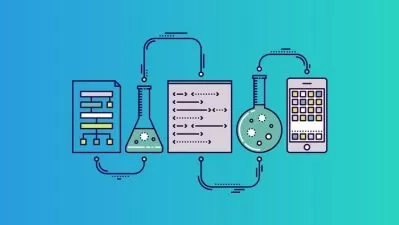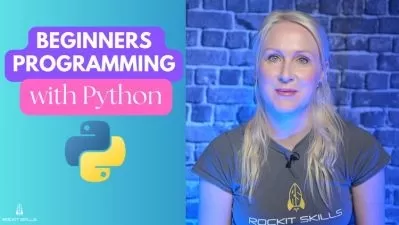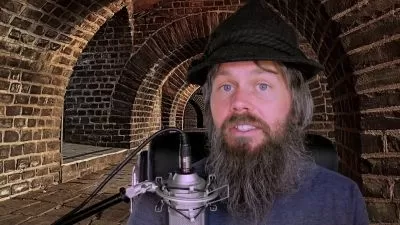Programming Foundations: Inside Computing Hardware
Zahraa Khalil
1:14:10
Description
While it is sometimes less critical to know "what is inside the box" with today's better performing computers, the core structure of our computers, phones, and servers still makes a big difference for our results. In this course, engineering instructor and educator Zara Khalil teaches you about common hardware components, how the pieces relate to each other, and how changes in one aspect can shift your experience. Go over basic components like the CPU, temporary storage or RAM, permanent storage (your hard drive), the graphics processing unit (GPU), and the motherboard. Then dive into how these components interact through the boot process, memory hierarchy, caching, and two types of parallel processing. Plus, get practical advice on choosing the right computer.
More details
User Reviews
Rating
Zahraa Khalil
Instructor's Courses
Linkedin Learning
View courses Linkedin Learning- language english
- Training sessions 21
- duration 1:14:10
- English subtitles has
- Release Date 2024/03/21











